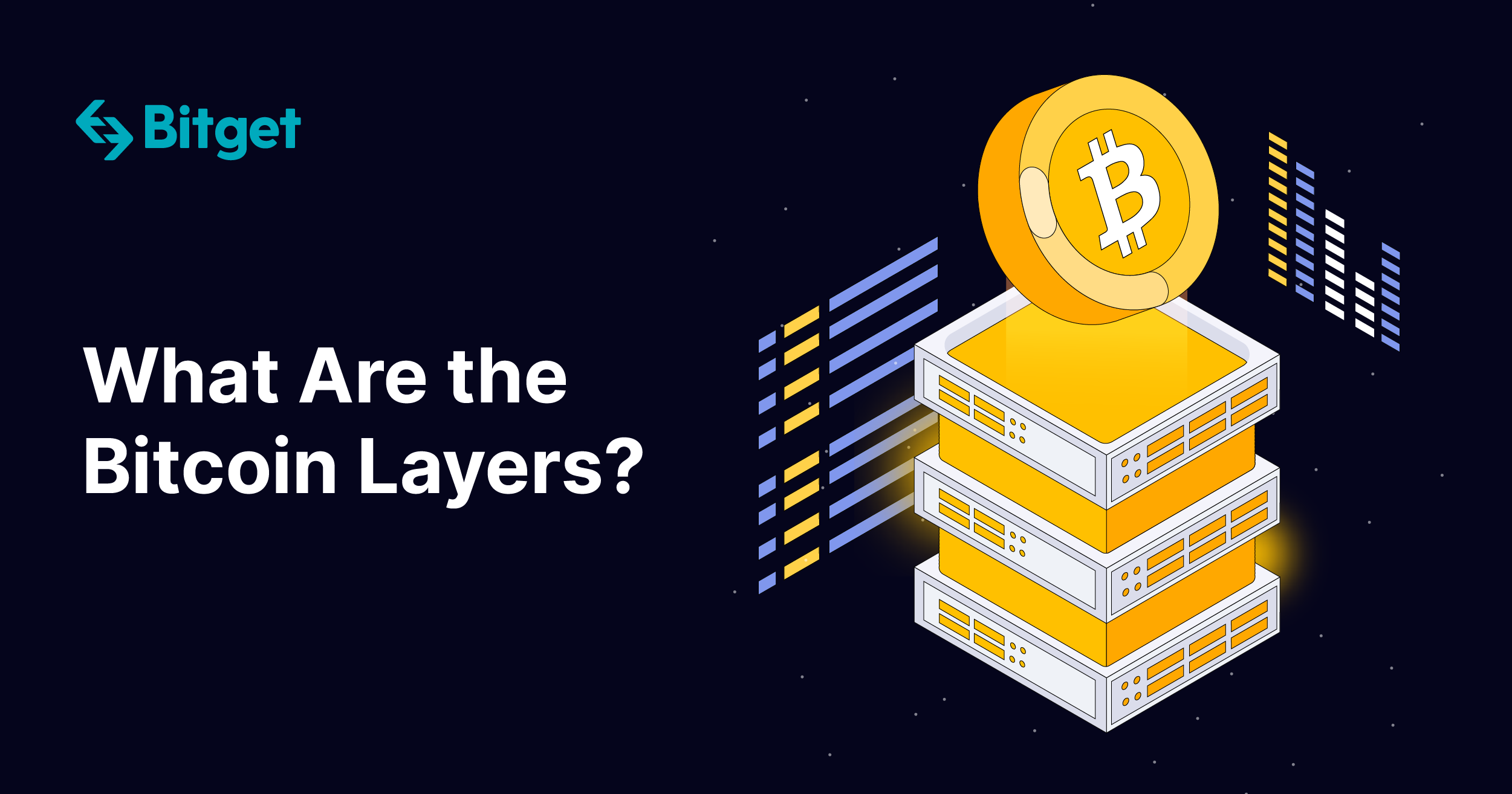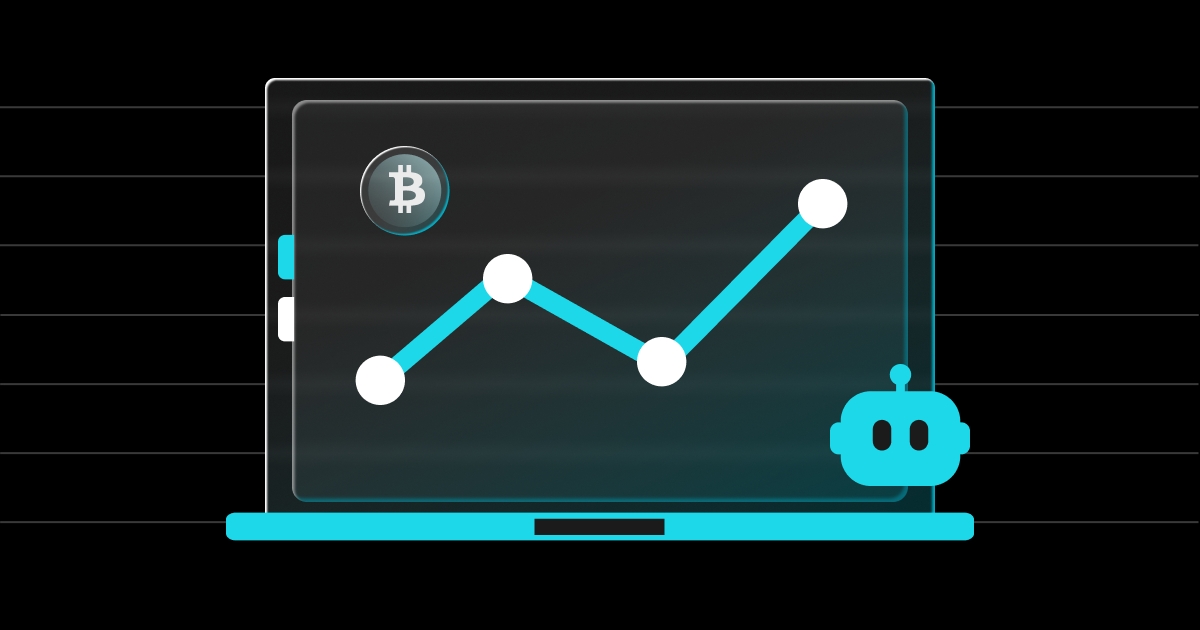
What Are the Bitcoin Layers?
In a previous article, we have taken a look at some of the underlying blockchain concepts implemented. In this article, we will apply what we have learnt to the biggest crypto of them all: Bitcoin.
A quick summary tells us the following:
Layer 1 blockchain refers to the underlying architecture.
Layer 2 refers to protocols that are built on top of layer 1 to improve the original blockchain's func·tionality.
Layer 3 refers to a utility layer. A layer that allows applications to be built on top of the blockchain.
Bitcoin Layer 1
Bitcoin layer 1 is the original blockchain which simply serves one single purpose. Processing transactions, validating them through a Proof of Work (PoW) consensus mechanism and its network nodes. Not only is this a core func·tionality of Bitcoin, but it is also the core concept of the entire crypto-revolution altogether. You could say that Bitcoin's layer one is the mother of all blockchains.
While a revolutionary innovation, this initial concept does run into problems when it comes to scaling. As the network becomes more busy, Bitcoin has suffered low speed and relatively high transaction costs. Also, the PoW consensus mechanism is not very efficient when it comes to energy consumption.
Bitcoin Layer 2
These technical inefficiencies incentivized solutions to be built on top of the robust infrastructure to tackle these problems. This is also known as Layer 2. Some notable layer 2 projects on Bitcoin are the Lighting Network and the Omni layer.
Lighting Network
Lighting Network (LN) is a layer 2 that effectively solves the problem of BTC layer 1 scalability. By using a sidechain two parties are able to transact with each other, and make as many transactions as they want. When everything is completed between the two users, the side-chain may be closed, and this entire batch now gets processed in the layer 1 blockchain at once. This reduces the workload on layer 1 as it now only has to do one final transaction to store the information in the blockchain. Additionally, it also reduces the fees significantly.
Omni Network
While there are more layer 2 solutions that focus on transaction speed and fees, the Omni layer is one of the oldest layer 2 projects trying to solve other limitations of Bitcoin. Omni, formerly known as Mastercoin, was considered to be the very first altcoin back in 2012. Eventually rebranded and renamed as an Omni layer to be built on top of Bitcoins original layer 1 blockchain, it allows tokenization and execution of smart contract features. Its most popular token produced is Tether (USDT), which is by far the most popular stablecoin to date. Omni can also be considered the spiritual father of Ethereum as this layer showed the func·tional possibilities of blockchain one can achieve.
Bitcoin Layer 3
Layer 3 is known as the application layer. It is a layer that hosts DApps and enables those to function. While newer blockchains such as Ethereum or Solana have a thriving variety of layer 3 apps. Bitcoin is not optimized to host such applications.
Therefore, layer 2 solutions are the furthest deviations from the core network that Bitcoin currently has, making it a robust network solely meant for transactions and storing them in an autonomous, decentralized, and transparent way.
Create a Bitget account through this referral link and receive up to $4000 in bonuses:
Website: https://partner.bitget.com/bg/ZZJ4YJ
Disclaimer:
The information provided above is not financial advice but for educational and entertainment purposes. Please do your own due diligence or consult a financial advisor before investing in any digital assets.
All opinions expressed on Bitget’s Soapbox (also known as the ‘Soapbox’) are opinions of individual traders using the Bitget platform and do not reflect the opinions of Bitget or its affiliate companies and partners. The Soapbox author’s opinions are based upon information they confirm to be reliable, but neither Bitget nor its affiliates warrant its complete accuracy, and it should not be relied upon as such.

- Bitget OCO Order Introduction2025-11-28 | 5m
- How to Adjust the Grid Range on Bitget and Why It Matters2025-11-27 | 5m
- GetAgent AI Traders: Your AI Mentors for Crypto Trading2025-11-26 | 5m


